Periodontitis is a dangerous gum infection. It is caused by bacteria that have accumulated on your teeth and gums. Periodontitis can cause bone and tooth damage as it advances. However, if periodontitis is treated early and adequate oral hygiene is practiced, the damage can be reversed.
What precisely is periodontitis?
Periodontitis, often known as gum disease, is a dangerous gum infection that causes soft tissue damage and, if left untreated, can destroy the bone that supports your teeth. Periodontitis can cause tooth loosening or tooth loss. Periodontitis is widespread, yet it is largely preventable. It is mainly the result of inadequate dental hygiene. Brushing at least twice a day, flossing daily, and having regular dental examinations will considerably enhance your odds of successfully treating periodontitis and lowering your risk of acquiring it.
Treatment
The goal of periodontal therapy is to properly clean the pockets around teeth while preventing bone deterioration. You have the highest chance of success if you also practice proper oral hygiene on a daily basis, address any health concerns that may affect your dental health, and quit smoking.
Nonsurgical procedures
If periodontitis is not progressed, therapy may include less invasive procedures such as:
- Scaling- Scaling eliminates tartar and bacteria from the surfaces of your teeth and beneath your gums. It could be done with instruments, a laser, or an ultrasonic device.
- Root planning- Root planning smoothers the root surfaces, discouraging additional tartar and bacteria build-up, and removes bacterial by products that contribute to irritation and impede healing or reattachment of the gum to the tooth surfaces.
- Antibiotics- Bacterial infection can be controlled with topical or oral medicines.
Surgical procedures
If you have severe periodontitis, you may need to have dental surgery, such as:
- Flap surgery- It is a type of cosmetic surgery that involves the removal of a Your periodontist creates microscopic incisions in your gums in order to peel back a portion of gum tissue, exposing the roots for more effective scaling and root planning. Because periodontitis frequently results in bone loss, the underlying bone may need to be recontoured before the gum tissue is sutured back in place. It will be easier to clean these places and maintain healthy gum tissue once you have healed.
- Tissue regeneration with guidance- This enables the regeneration of bone that has been damaged by germs. In one method, your dentist will insert a particular piece of biocompatible fabric between your tooth and existing bone. The substance keeps undesirable tissue out of the healing area, allowing bone to regrow instead.
- Proteins that stimulate tissue growth- Another method is to apply a specific gel to a sick tooth root. This gel contains the same proteins present in tooth enamel development and promotes the creation of healthy bone and tissue.
We hope that this blog has helped you comprehend that periodontal therapies and treatments are frequently extremely effective, and your risk of recurrence is low as long as you follow the instructions your dentist provides you during the maintenance stage. This includes practicing good dental hygiene and abstaining from all tobacco products. If you have periodontitis and are looking for the best treatment available at Thornton, look no further, just book your appointment at Timber Dental Care.




